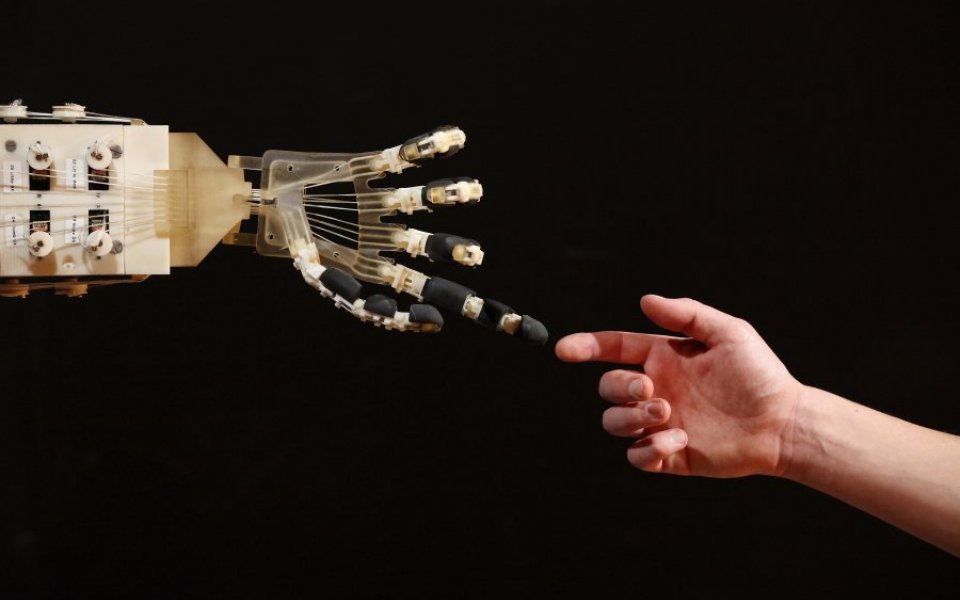Rise of the robots: Advanced robotics spark an investment boom as experts predict a robot-led industrial revolution is coming

The world is on the cusp of a revolution in robotics and there has been a surge of investment in artificial intelligence recently, with a spread of innovations fast developing which will change the global economy.
Last year, the sector experienced a boom in mergers and acquisitions as $2bn worth of deals were completed, according to TheRobotReport. Equity funding tripled from 2014 to hit $1.3bn.
A number of investment funds have been launched recently on hopes for strong returns as projections suggest the sector will run at a compound annual growth rate of 30 per cent up until 2020. From then until 2030, growth will be 40 per cent per year, according to ETF Securities.
Futurologists expect machines to be smarter than humans somewhere around 2035. This prediction is part of the ‘singularity hypothesis’, or the point in time when technology evolves faster than us mere humans can comprehend. Scientists have already taught robots to learn as quickly as humans.
In the meantime, robotics and automation will mean all kinds of industries work in a more intelligent and efficient way.
The most high profile innovations are Google’s driverless cars, Amazon’s delivery drones and 3-D printing. Other advancements include robots that perform surgery while the doctors watch, crop-spraying and seed-spreading drones which will vastly improve processes in agriculture, and un-manned household gadgets including lawn mowers and vacuums.
In Japan, there are plans to have driverless taxis on the road by the time of the Tokyo Olympics in 2020, says Robert Brooke of Man GLG.
Sensitive humanoid robots, which science fiction has long promised would be commonplace in the future, are also emerging. The first batch of a model called Pepper, developed in the Far East and able to detect emotion, sold out immediately. “It was a surprise to the industry how popular it has proved,” says Richard Lightbound of Robo-Global.
Read more: Stephen Hawking: It's super-wealthy technology-owners, not robots, that we should really fear
Although the supremacy of robots over humans has been deemed close numerous times before, this time experts are talking of an “industrial revolution” akin to the rise of the internet.
“It’s similar to the internet and mobile phones. Everyone could see their potential but it took time for the technology to improve. We are getting to the stage where robots are going to be out and in our world, going from niche activities in car factories to the mainstream,” explains Matt Brett of Baillie Gifford.
The technological tipping point has been development of advanced censors. Until now, robots working in factories have had to be kept in cages away from humans, as any person getting in their way could be killed or accidentally disfigured. They are also more able to interpret the world around them. As the technology has improved, prices have come down too, making adoption of robotics more appealing.
“Now we have a huge generation of collaborative robots that can work alongside humans,” says Karen Kharmandarian of Pictet Asset Management. “It is going to change the way that we work and live.”
Behind the tech, the real driver of robotics and automation has been the need for greater productivity in the global economy. “When it comes to demand, the key drivers in industry are the ever-present ones of wanting to reduce costs while increasing productivity and reliability,” says Robert Brooke of Man GLG.
“In Japan, an additional element has been the declining workforce, meaning that maintaining production demands increased automation. A similar trend is set to become a driving force in China also over the next few years.”